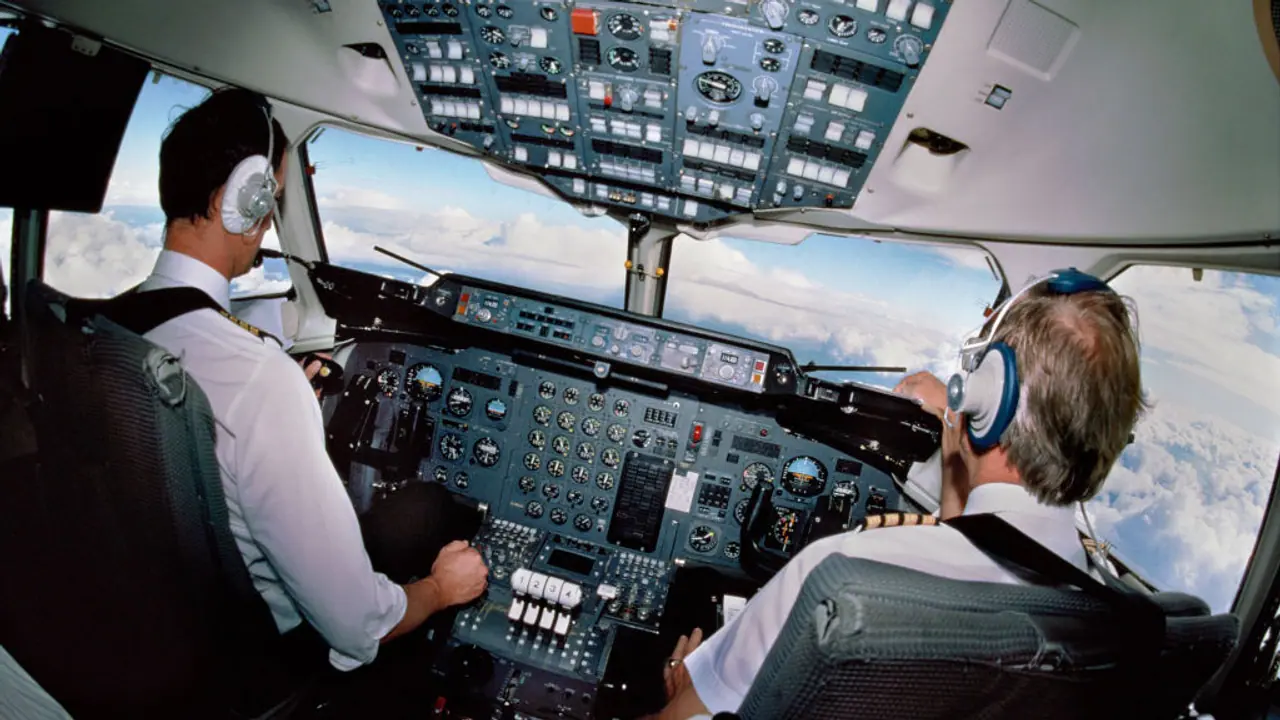Ahmedabad Air India crash: The horrifying crash has jolted the aviation world and added to an already grim tally of air travel fatalities this year.
At least 260 lives were lost in a matter of seconds when an Air India flight crashed into a building shortly after takeoff from Ahmedabad. The horrifying crash has jolted the aviation world and added to an already grim tally of air travel fatalities this year.

This tragedy is just the latest in a distressing series of commercial aviation disasters that have left hundreds dead. The year began with a mid-air collision over Washington between an American Airlines jet and a military helicopter, killing 67. By March, tragedy struck again off the coast of Roatan island, where 13 passengers perished in a devastating incident.
As per expert assessments, 2025 is shaping up to be one of the deadliest years in aviation in over a decade, with a staggering 460 air travel-related deaths reported within just six months.
Only one man emerged alive from the wreckage of Flight 171, cementing this as one of the most fatal aviation events in recent memory.
Is flying becoming inherently more dangerous?
Aviation experts assert that the sky remains statistically safe, but public confidence is waning. Dr. Simon Bennett, director of the Civil Safety and Security Unit at the University of Leicester, told MailOnline:
“That perception is understandable because safety goes through peaks and troughs. So if you take a snapshot at a particular time it can either look like things are getting seriously dangerous or that things are getting seriously safe.”
Indeed, the perception of spiraling risk is being fueled by recent high-profile disasters, even though long-term trends suggest continued improvement.
According to Jan-Arwed Richter, founder of the aviation safety consultancy Jacdec, the average annual fatality count is 284—a number this year has already eclipsed by a shocking margin.
“This year still has more than six months to go, so this could be concerning if this rate of fatal accidents would go on,” Mr. Richter told Bloomberg.
Despite the alarming headlines, the aviation community continues to insist that air travel is among the safest modes of transport. A newly released 2024 safety review from the UK’s Air Accidents Investigation Branch echoed this sentiment, “Commercial aviation remains one of the safest forms of public transport, with global accident rates continuing their long-term decline.”
Dr. Bennett explains the importance of zooming out and examining data over extended periods:
“If you take a 20-year snapshot, then air safety is unequivocally improving.” “You will be safer five miles above than you would be at home, that is a fact. But if you tell the public that they won’t believe you.” “My deepest sympathies go out to those who’ve been affected, but I would beg the public to consider such events in the widest possible context.”
What went wrong in Ahmedabad?
The official cause of the Air India crash remains under investigation by the Indian Aircraft Accident Investigation Bureau. However, early theories suggest a rare combination of environmental stressors and mechanical anomalies.
Dr. Sammy Diasinos, an aerodynamics expert at Macquarie University, suspects the possibility of a double-engine failure, but leans toward an environmental cause.
“The B787 has very powerful engines and can easily operate if one engine fails, so for this accident to occur, we would be looking at a very rare double engine failure.”
He adds, “It would be very unusual for two engines on the same aircraft to be on the exact same maintenance schedule, making simultaneous mechanical failure unlikely.”
Contributing to the tragedy may have been the sweltering runway conditions—temperatures soared to 37°C (98°F)—combined with the aircraft's heavy fuel load. These conditions demand higher lift for takeoff, which Flight 171 reportedly struggled to achieve.
Alarming details also indicate that the plane had its landing gear still deployed and flaps retracted at an altitude of only 600 feet, severely hindering its ability to gain lift.
Murray Terwey, aviation lecturer at Edith Conway University, suggested possible human error:
“Aircrew have been known in the past to retract the flap instead of the gear by mistake. This, in the early stages of flight, can lead to a significant loss of lift which can lead to an accident.”
Some experts believe economic downturns may be silently compromising aviation safety. Reduced revenues in the industry often translate to cost-cutting on maintenance, staffing, and upgrades—potentially paving the way for increased incidents.


